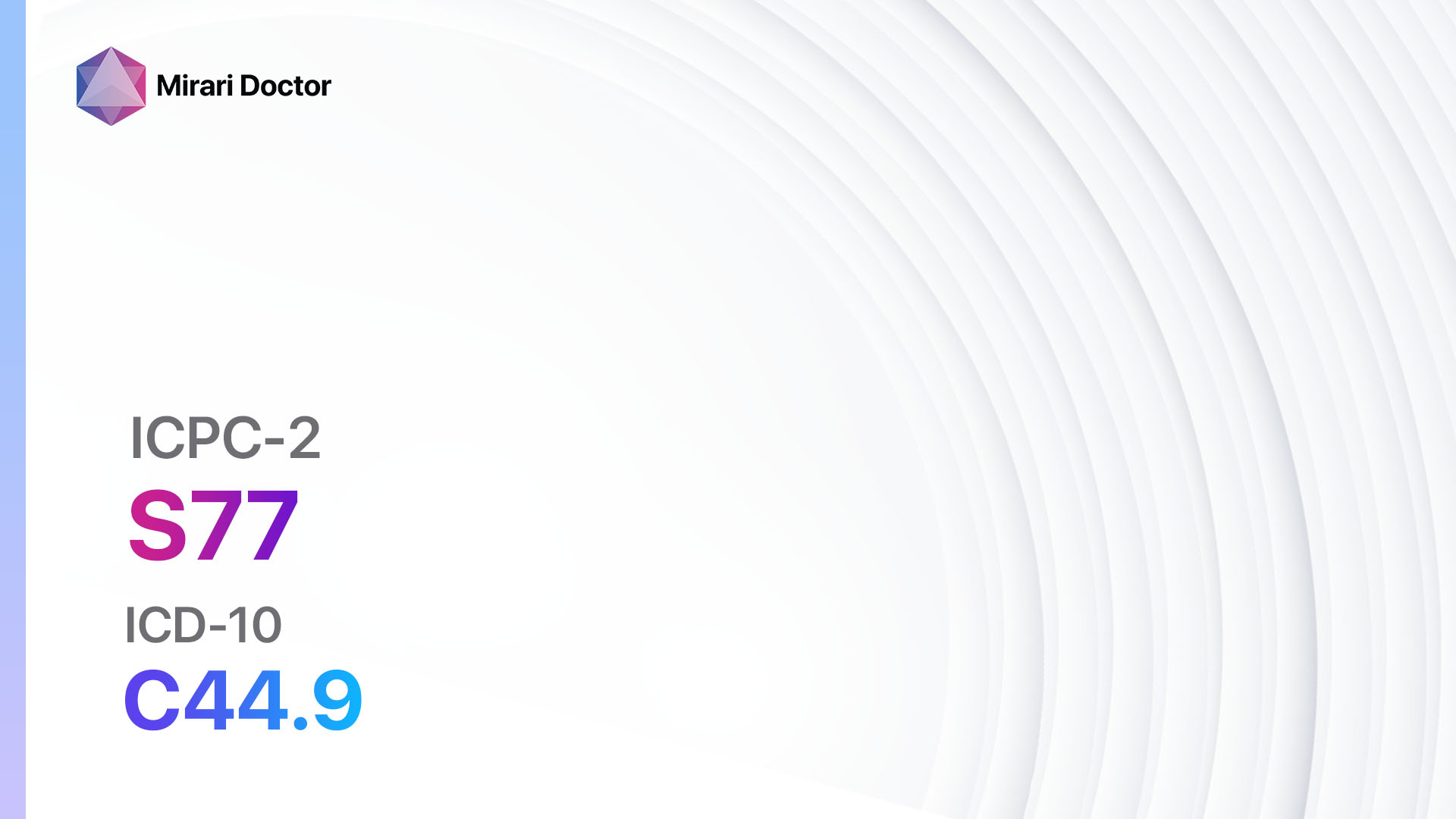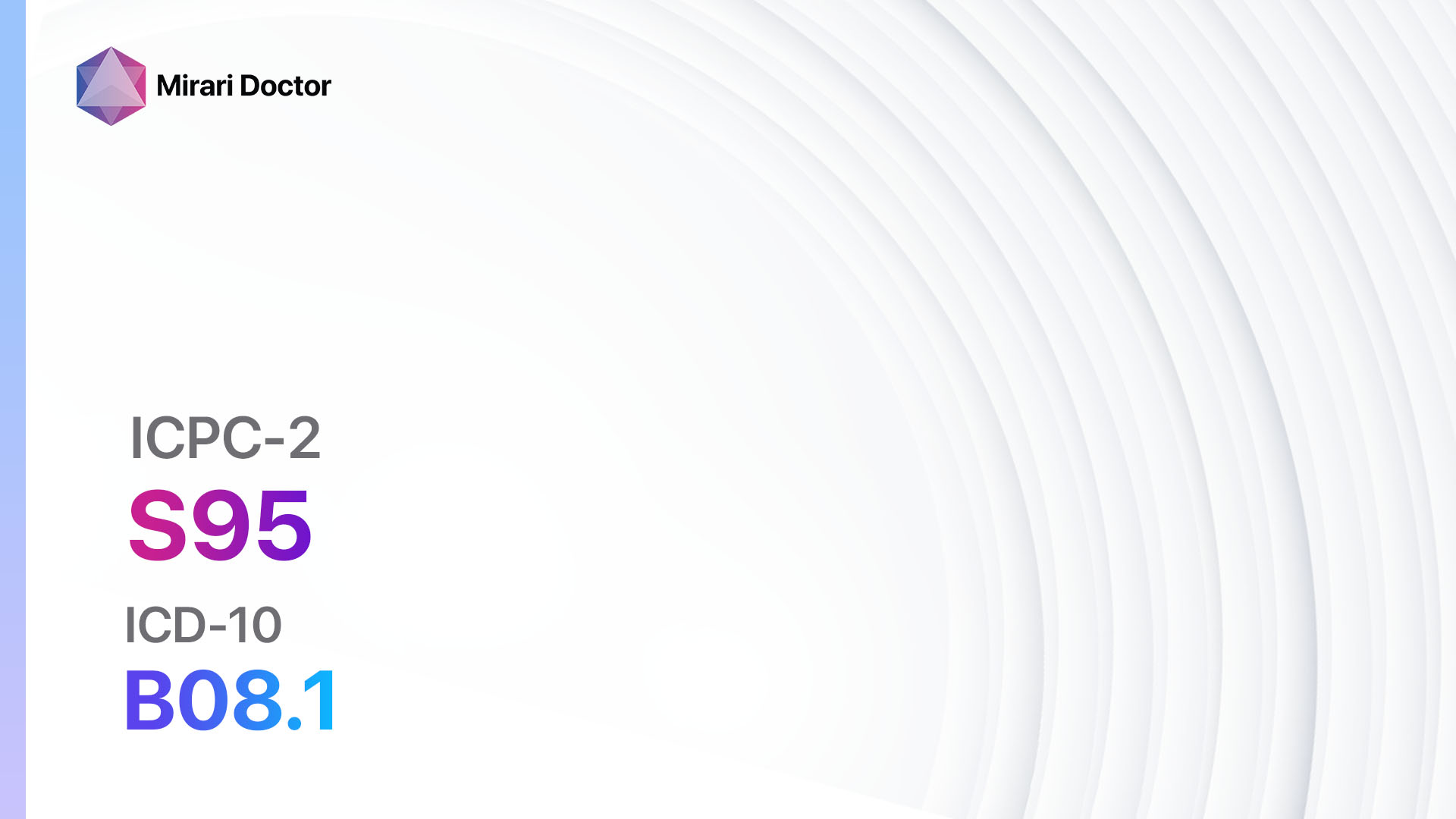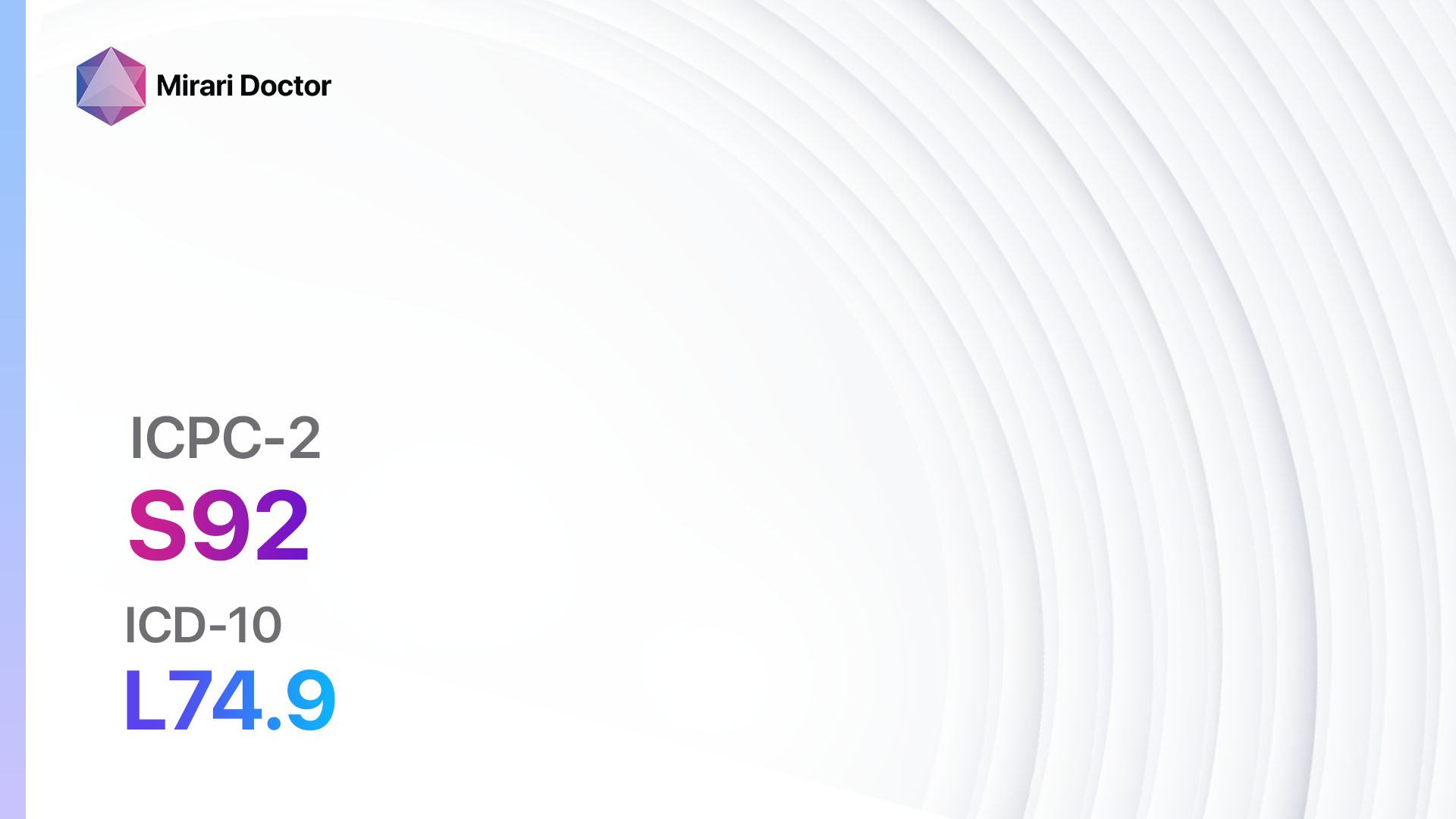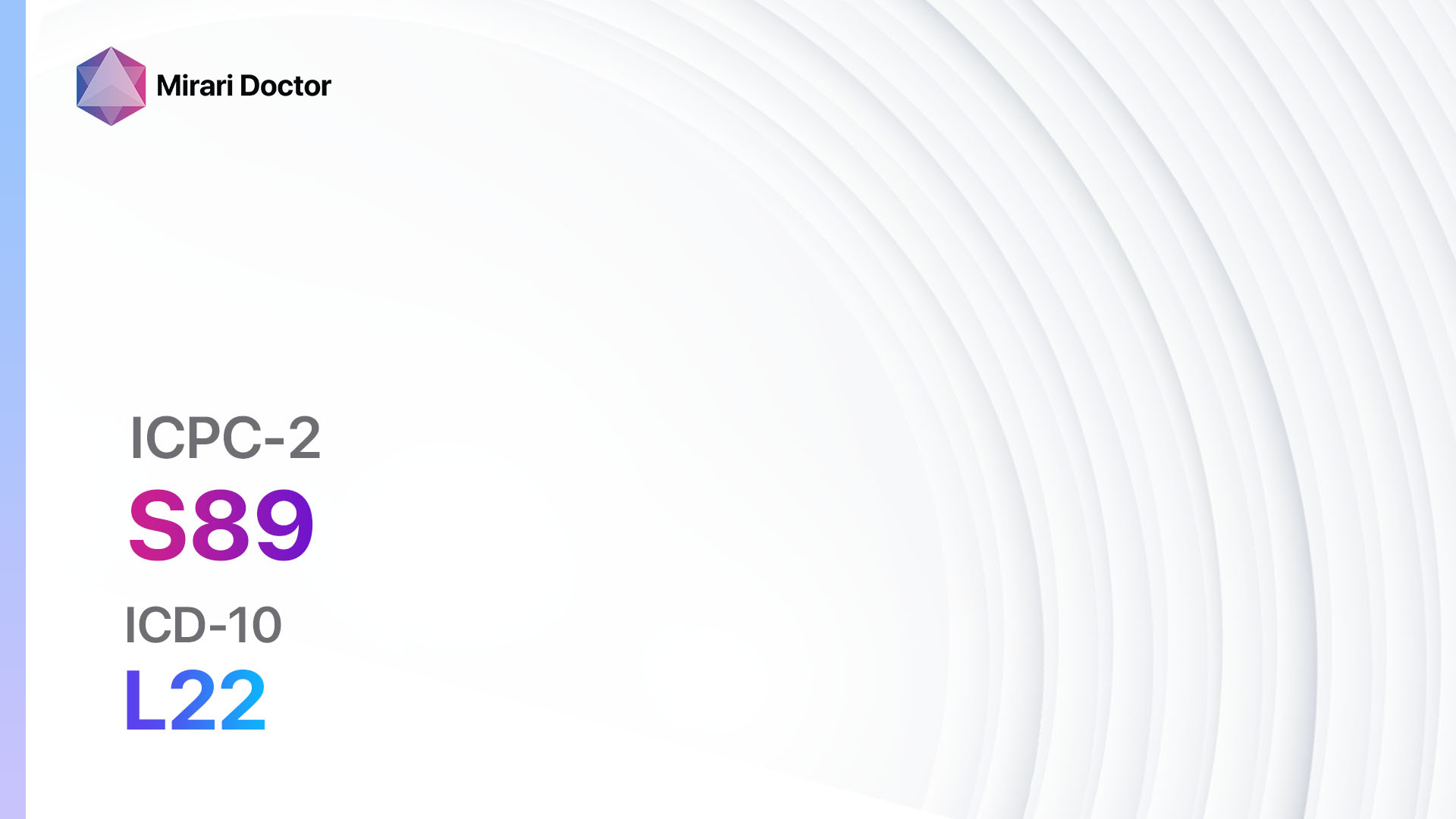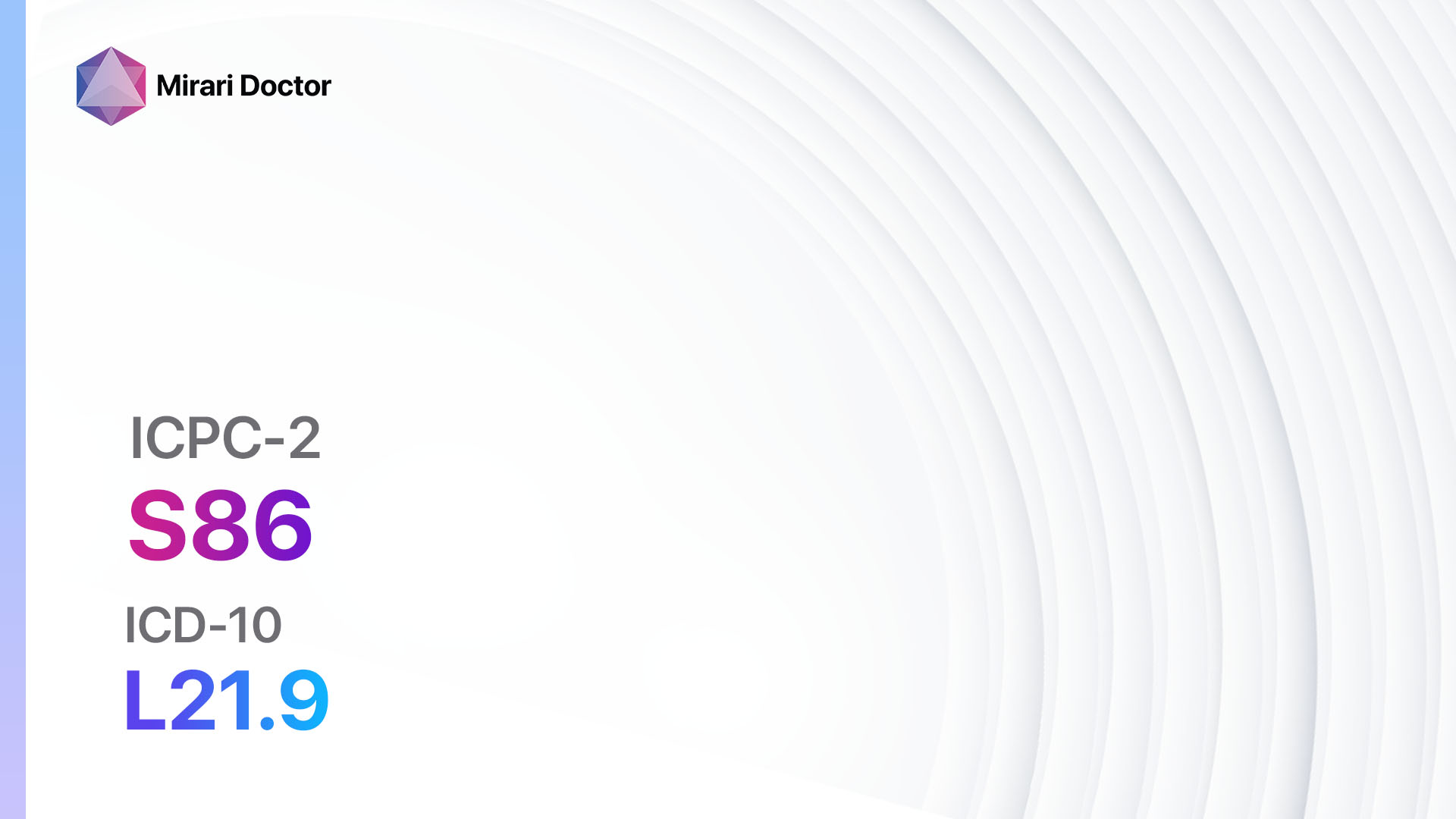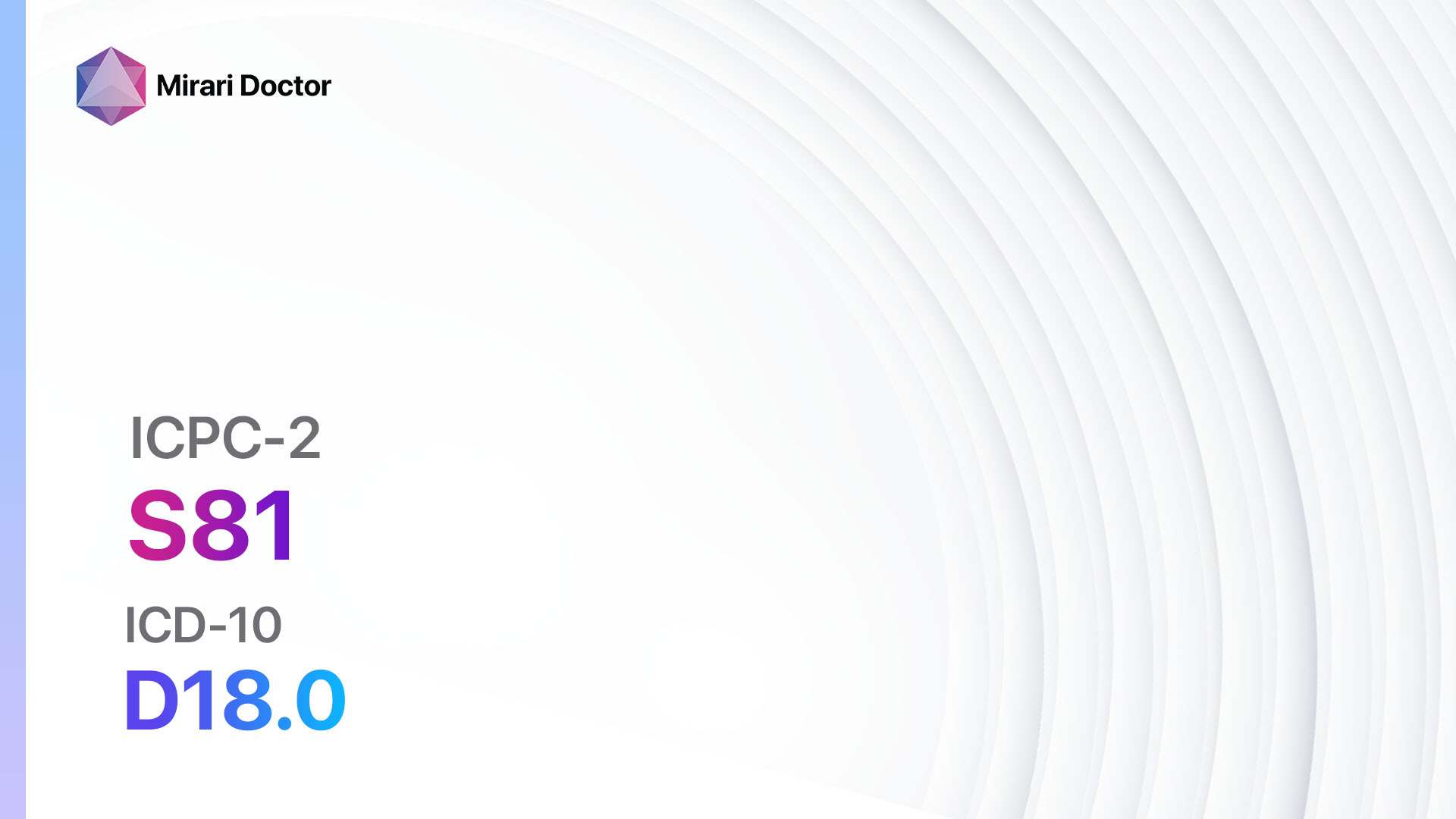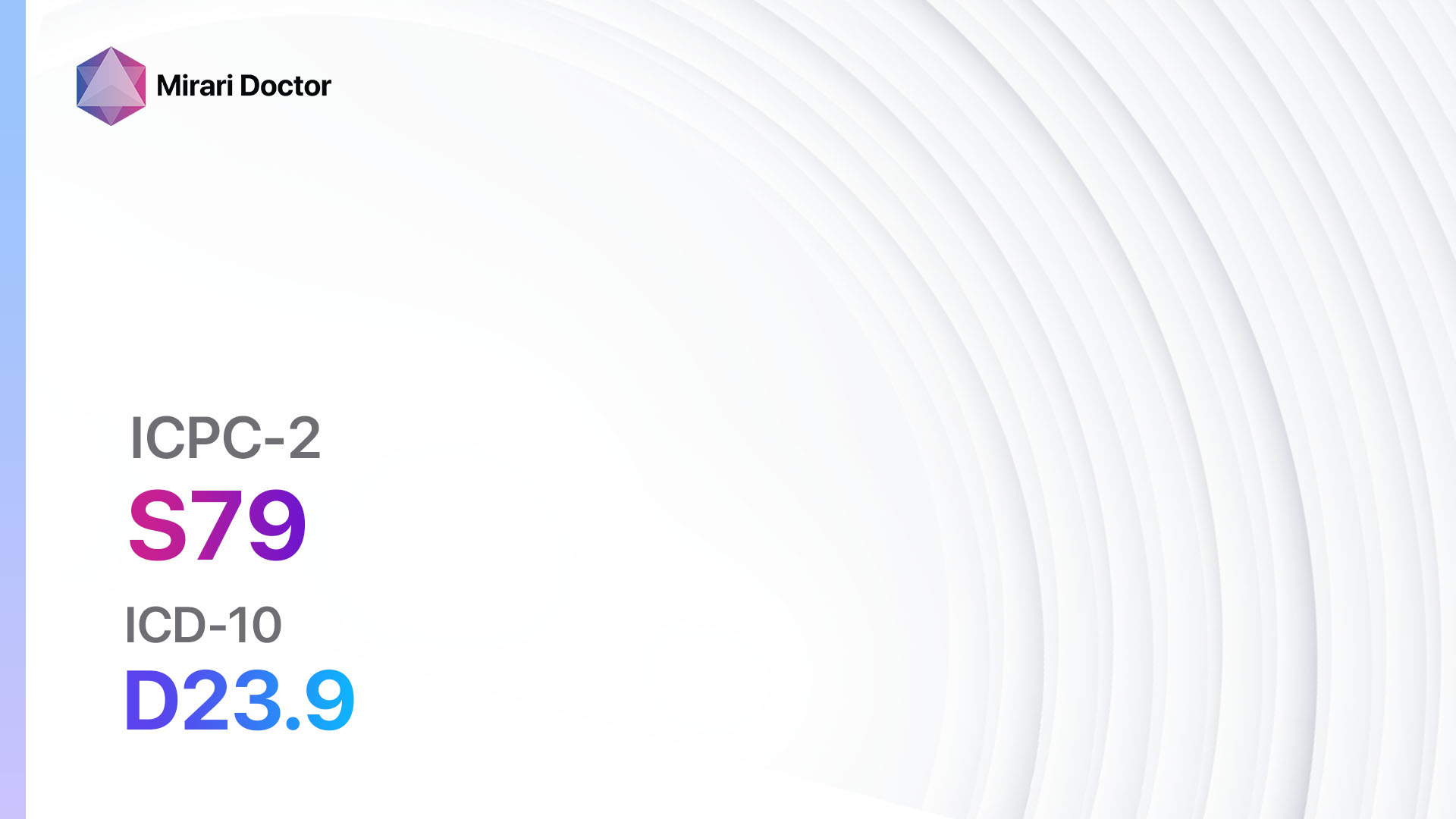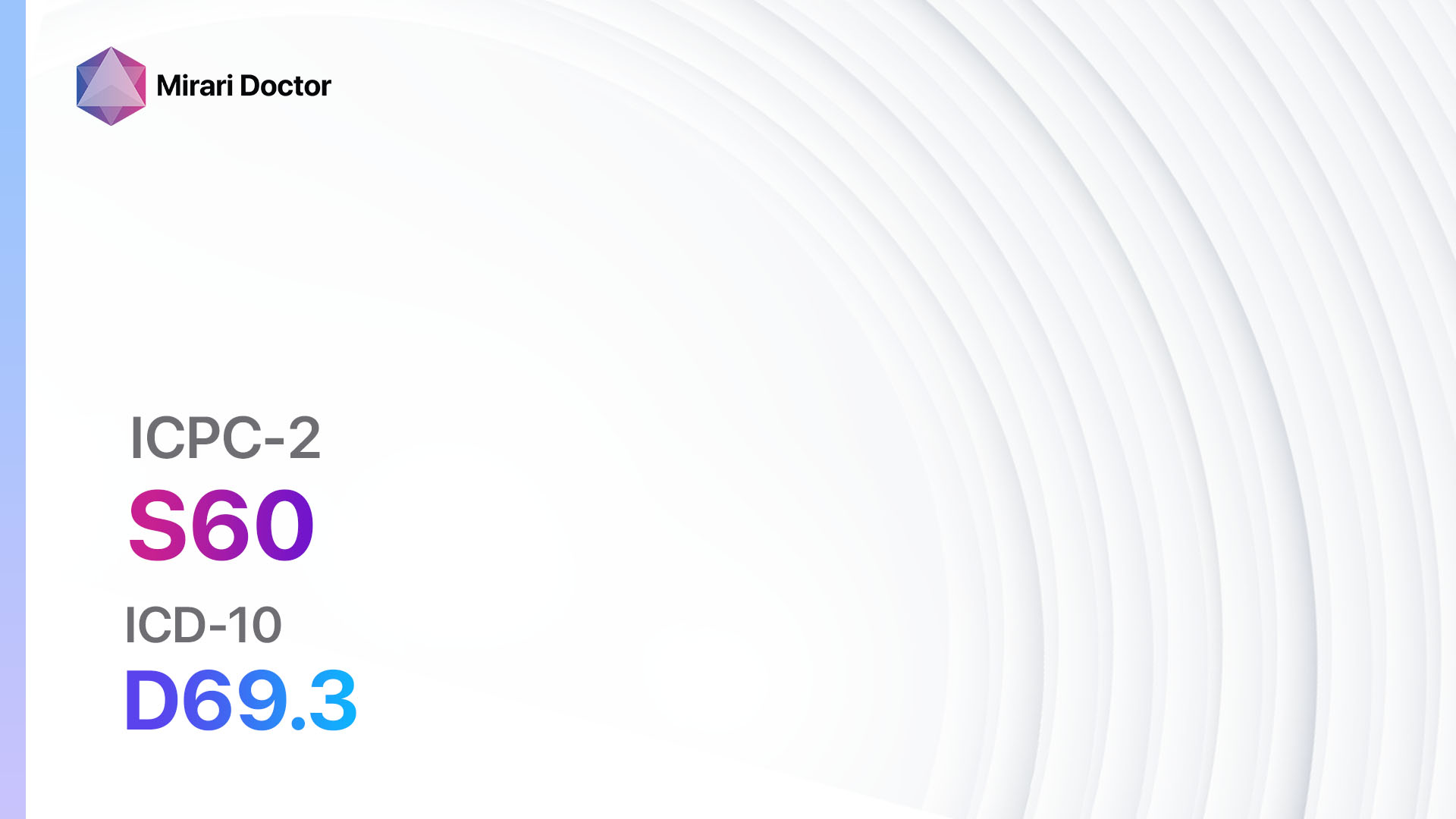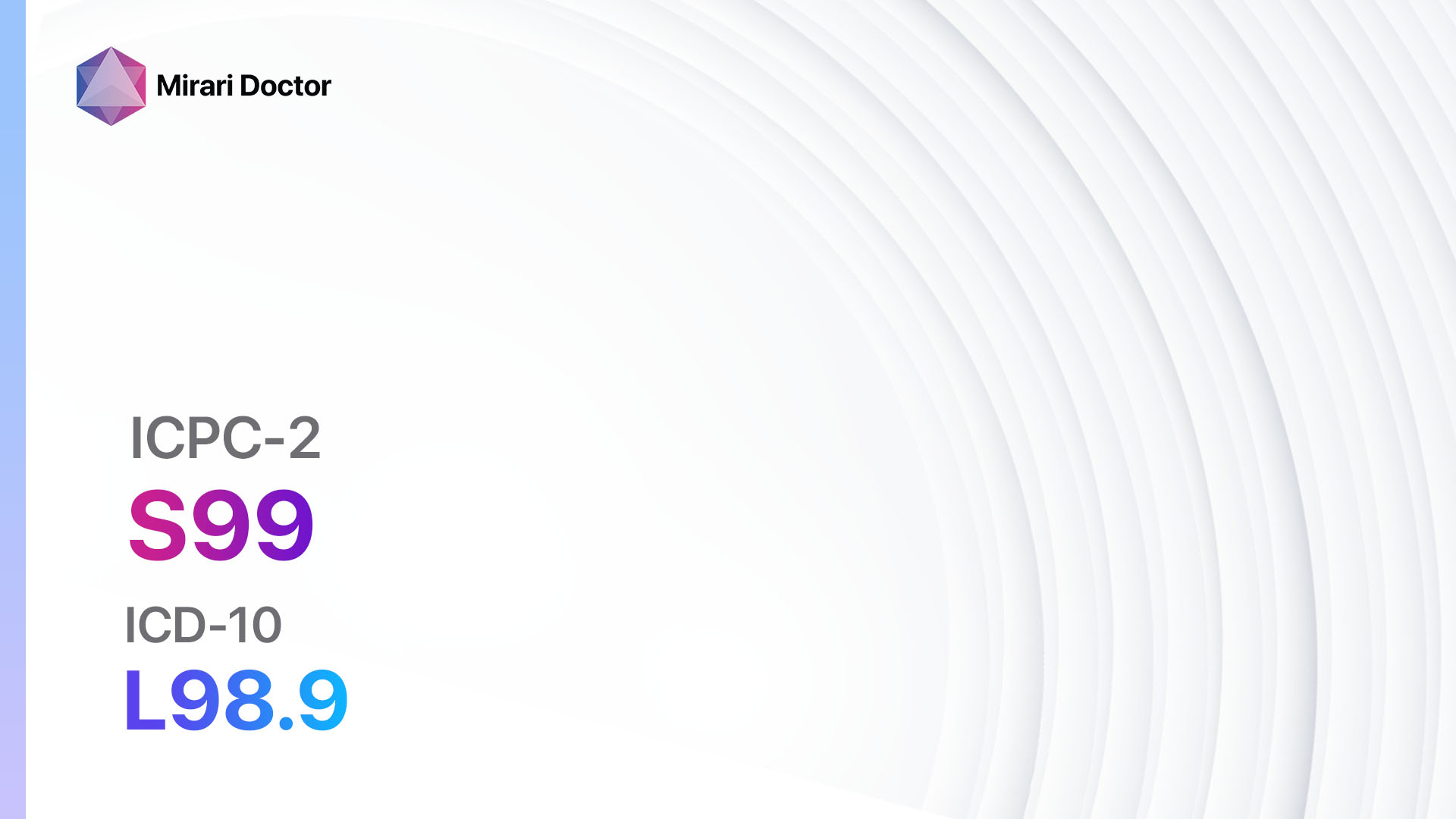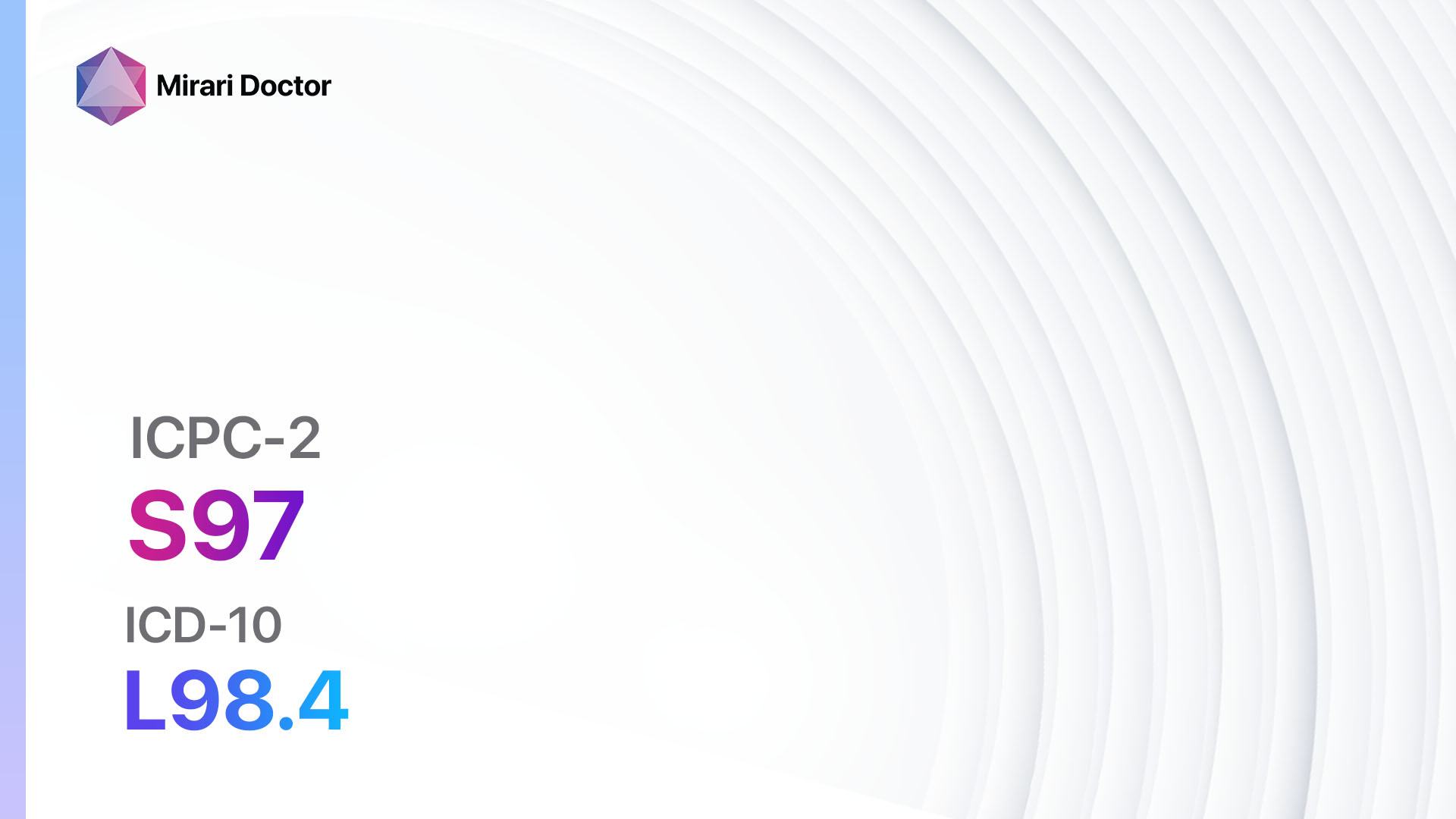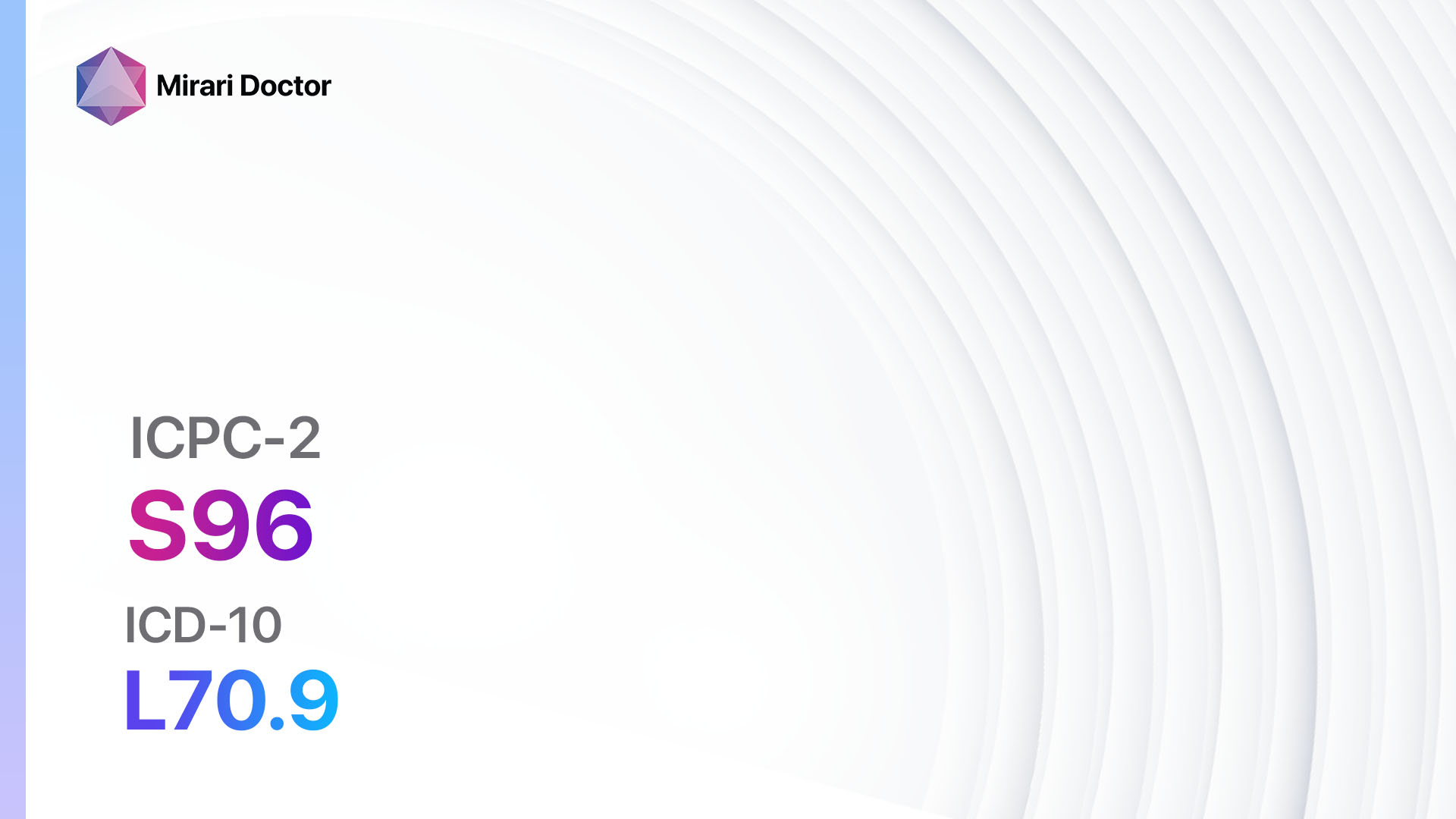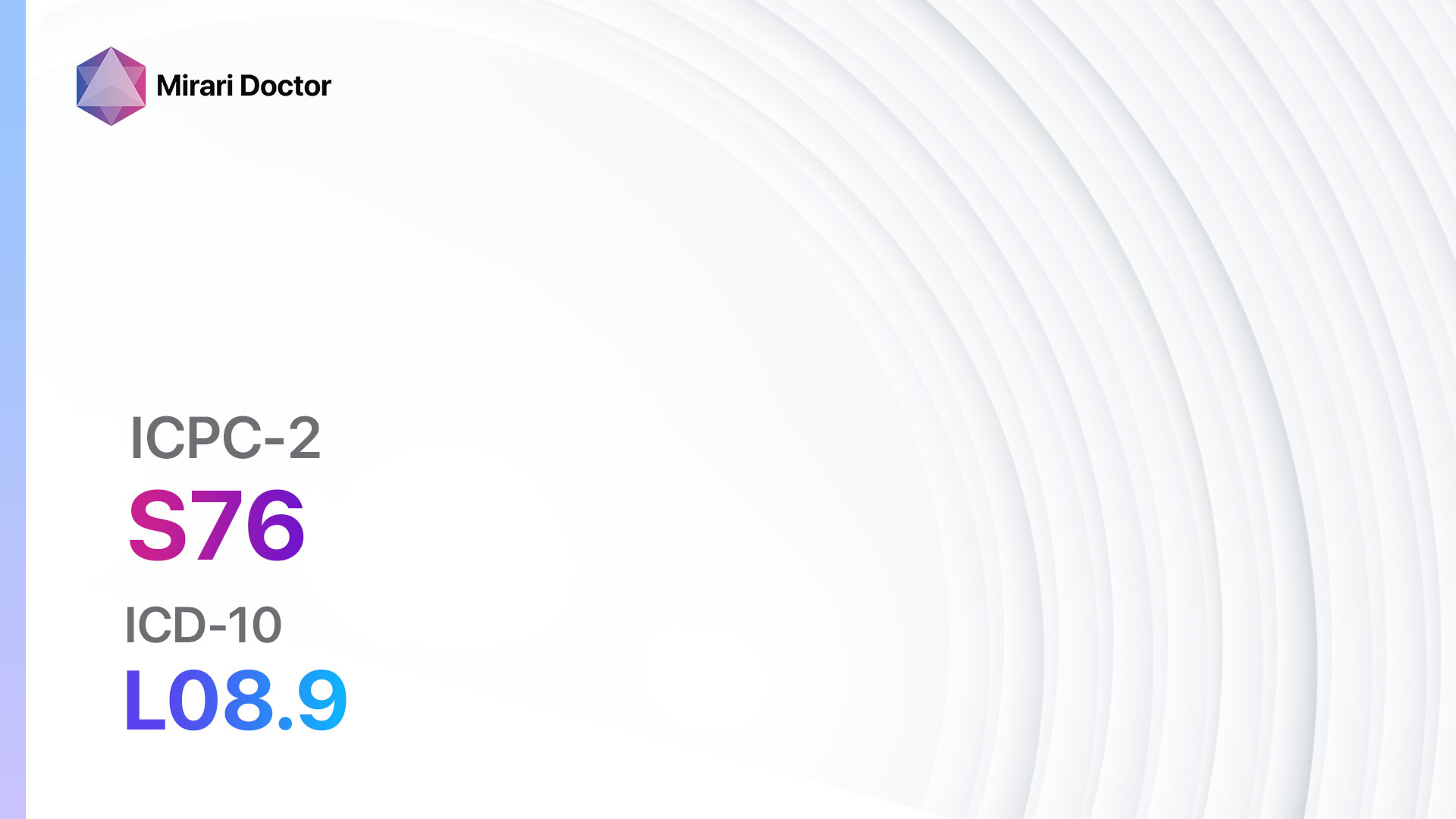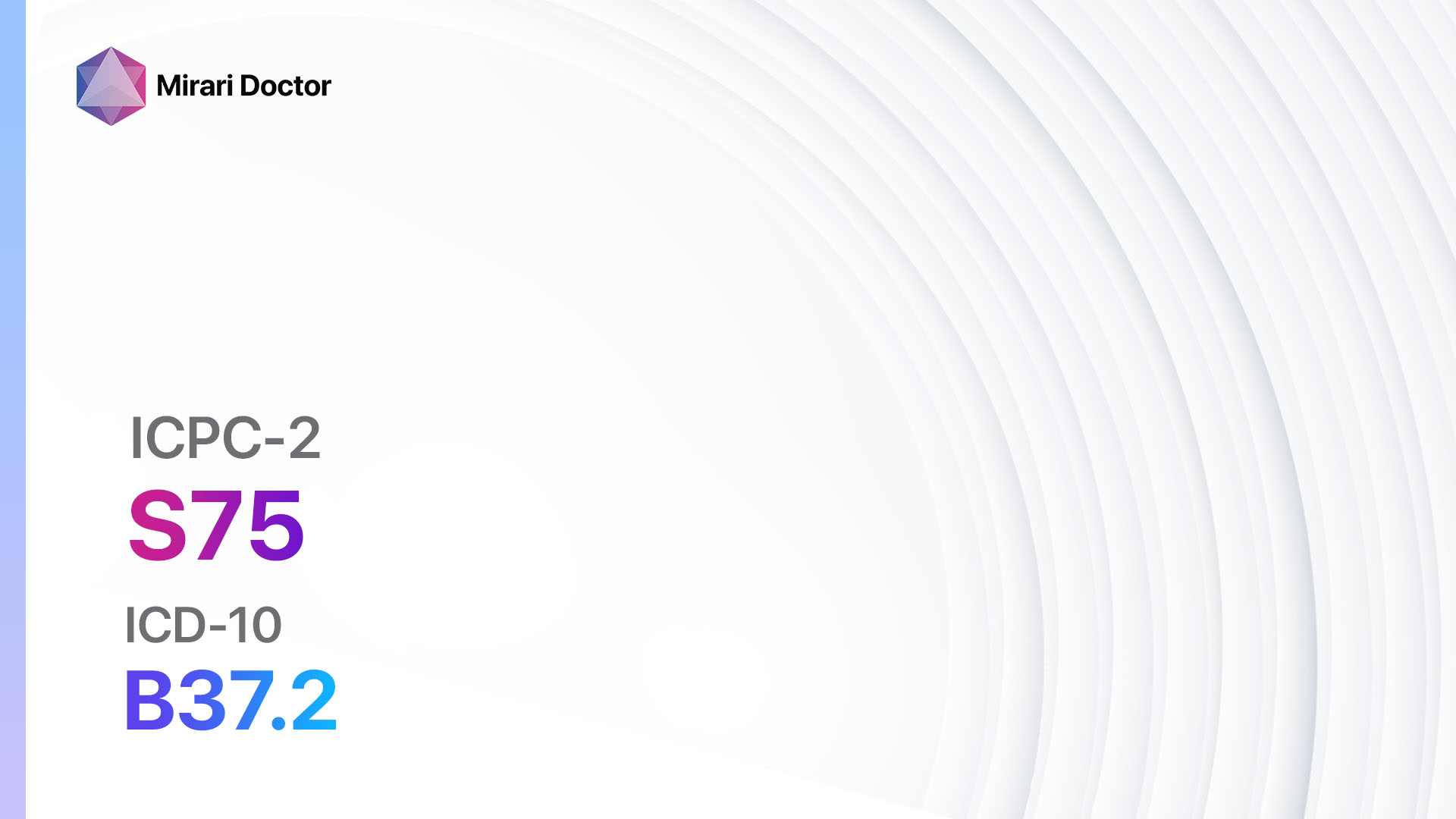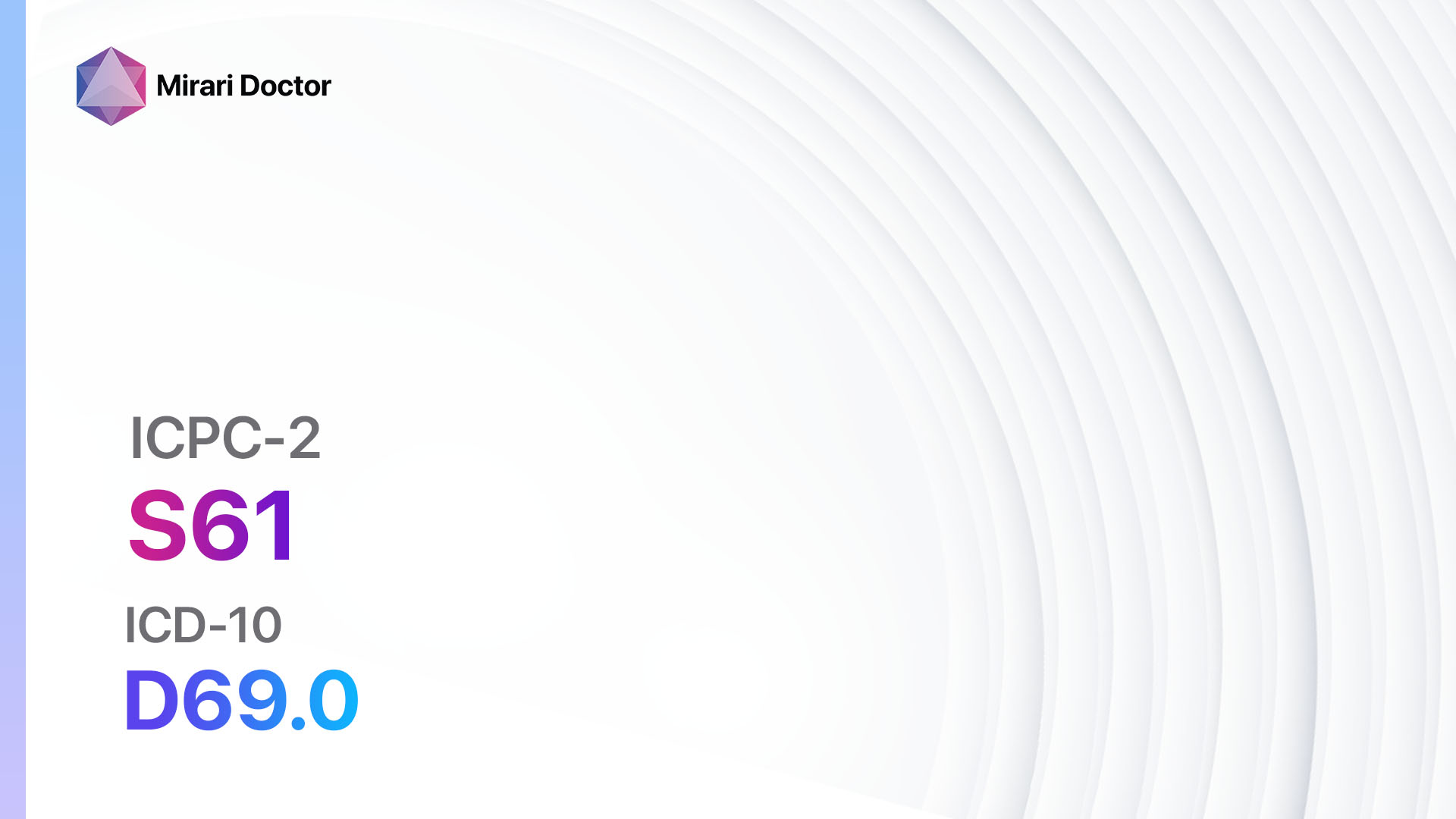
Introduction
Henoch-Schönlein purpura (HSP) is a rare autoimmune disease characterized by inflammation of the small blood vessels, resulting in a variety of symptoms. The condition primarily affects children but can also occur in adults[1]. The aim of this guide is to provide a comprehensive overview of HSP, including its symptoms, causes, diagnostic steps, possible interventions, and lifestyle interventions.
Codes
Symptoms
- Purpura: Small, raised, purple or red spots on the skin, typically on the buttocks, legs, and feet.
- Joint pain: Pain and swelling in the joints, commonly affecting the knees and ankles.
- Abdominal pain: Severe pain in the abdomen, often accompanied by nausea and vomiting.
- Gastrointestinal bleeding: Blood in the stool, which may appear dark or tarry.
- Kidney problems: Blood in the urine, proteinuria, and decreased kidney function[4].
Causes
- Immune system dysfunction: HSP is believed to be an autoimmune disease, where the immune system mistakenly attacks the body’s own blood vessels.
- Genetic predisposition: Certain genetic factors may increase the risk of developing HSP.
- Environmental triggers: Infections, medications, and other environmental factors may trigger the onset of HSP[5].
Diagnostic Steps
Medical History
- Gather information about the patient’s symptoms, including the onset, duration, and severity.
- Identify any potential triggers or recent infections.
- Assess the patient’s medical history, including any previous episodes of HSP or other autoimmune diseases[6].
Physical Examination
- Look for characteristic skin lesions, such as purpura, on the buttocks, legs, and feet.
- Assess joint tenderness and swelling, particularly in the knees and ankles.
- Examine the abdomen for signs of tenderness or organ enlargement.
- Check for blood in the urine using a urine dipstick test[7].
Determine Severity
- Mild: Minimal joint pain, no gastrointestinal bleeding, and normal kidney function.
- Moderate: Moderate joint pain, mild gastrointestinal bleeding, and mild kidney involvement.
- Severe: Severe joint pain, significant gastrointestinal bleeding, and impaired kidney function[8].
Laboratory Tests
- Complete blood count (CBC): May show elevated white blood cell count and platelet count.
- Urinalysis: Presence of blood and protein in the urine.
- Kidney function tests: Assess the levels of creatinine and blood urea nitrogen (BUN) to evaluate kidney function.
- Immunoglobulin A (IgA) levels: Elevated IgA levels are often seen in HSP.
- Complement levels: Decreased complement levels may indicate immune system activation[9].
Diagnostic Imaging
- Abdominal ultrasound: Used to assess the kidneys for signs of inflammation or damage.
- Renal biopsy: In severe cases, a biopsy may be performed to evaluate the extent of kidney involvement[10].
Follow-up and Patient Education
- Schedule regular follow-up appointments to monitor symptoms, kidney function, and overall disease progression.
- Educate the patient and their family about the signs and symptoms of HSP, potential triggers, and the importance of seeking medical attention if symptoms worsen.
Possible Interventions
Traditional Interventions
Medications:
Top 5 drugs for Henoch-Schönlein purpura:
- Nonsteroidal anti-inflammatory drugs (NSAIDs) (e.g., Ibuprofen, Naproxen):
- Cost: Generic versions can be $3-$20/month.
- Contraindications: History of gastrointestinal bleeding, kidney disease.
- Side effects: Upset stomach, increased risk of bleeding.
- Severe side effects: Kidney damage, allergic reactions.
- Drug interactions: Blood thinners, certain blood pressure medications.
- Warning: Prolonged use may increase the risk of cardiovascular events.
- Corticosteroids (e.g., Prednisone):
- Cost: Generic versions can be $4-$30/month.
- Contraindications: Active infections, uncontrolled diabetes.
- Side effects: Weight gain, increased appetite, mood changes.
- Severe side effects: Osteoporosis, adrenal suppression.
- Drug interactions: Certain antifungal medications, live vaccines.
- Warning: Long-term use may require gradual tapering to avoid adrenal insufficiency.
- Immunosuppressants (e.g., Azathioprine, Mycophenolate mofetil):
- Cost: Generic versions can be $50-$200/month.
- Contraindications: Active infections, liver disease.
- Side effects: Increased risk of infections, gastrointestinal upset.
- Severe side effects: Bone marrow suppression, increased risk of malignancy.
- Drug interactions: Allopurinol, ACE inhibitors.
- Warning: Regular monitoring of blood counts and liver function is required.
- Angiotensin-converting enzyme (ACE) inhibitors (e.g., Lisinopril, Enalapril):
- Cost: Generic versions can be $10-$50/month.
- Contraindications: History of angioedema, kidney artery narrowing.
- Side effects: Dry cough, low blood pressure.
- Severe side effects: Angioedema, kidney failure.
- Drug interactions: Potassium supplements, NSAIDs.
- Warning: Regular monitoring of kidney function and potassium levels is required.
- Antihistamines (e.g., Diphenhydramine, Loratadine):
- Cost: Generic versions can be $3-$20/month.
- Contraindications: Glaucoma, urinary retention.
- Side effects: Drowsiness, dry mouth.
- Severe side effects: Seizures, irregular heartbeat.
- Drug interactions: Sedatives, alcohol.
- Warning: May cause drowsiness, avoid driving or operating heavy machinery.
Alternative Drugs:
- Colchicine: May be used in refractory cases to reduce inflammation.
- Dapsone: Can be considered in severe cases with skin involvement.
- Rituximab: Reserved for severe cases unresponsive to other treatments.
- Mycophenolate mofetil: Alternative immunosuppressant for patients who cannot tolerate azathioprine.
Surgical Procedures:
- In most cases, surgical intervention is not required for HSP. However, in rare cases of severe gastrointestinal bleeding or kidney complications, surgical intervention may be necessary. The specific procedures will depend on the individual patient’s condition and should be discussed with a specialist.
Alternative Interventions
- Acupuncture: May help alleviate pain and reduce inflammation. Cost: $60-$120 per session.
- Herbal supplements: Certain herbs, such as turmeric and ginger, have anti-inflammatory properties and may provide symptomatic relief. Cost: Varies depending on the specific supplement.
- Probiotics: Some studies suggest that probiotics may help modulate the immune system and reduce inflammation. Cost: Varies depending on the specific product.
- Omega-3 fatty acids: Found in fish oil supplements, omega-3 fatty acids have anti-inflammatory effects and may help reduce symptoms. Cost: Varies depending on the specific supplement.
Lifestyle Interventions
- Rest: Adequate rest is essential during acute flare-ups to allow the body to heal and reduce stress on the affected organs.
- Hydration: Drinking plenty of fluids helps maintain kidney function and flush out toxins.
- Healthy diet: A balanced diet rich in fruits, vegetables, and whole grains can support overall health and immune function.
- Avoid triggers: Identify and avoid any potential triggers, such as certain medications or foods, that may exacerbate symptoms.
- Regular exercise: Engaging in regular physical activity can help improve circulation and overall well-being.
It is important to note that the cost ranges provided are approximate and may vary depending on the location and availability of the interventions. It is recommended to consult with a healthcare professional for personalized treatment options and cost estimates.
Mirari Cold Plasma Alternative Intervention
Understanding Mirari Cold Plasma
- Safe and Non-Invasive Treatment: Mirari Cold Plasma is a safe and non-invasive treatment option for various skin conditions. It does not require incisions, minimizing the risk of scarring, bleeding, or tissue damage.
- Efficient Extraction of Foreign Bodies: Mirari Cold Plasma facilitates the removal of foreign bodies from the skin by degrading and dissociating organic matter, allowing easier access and extraction.
- Pain Reduction and Comfort: Mirari Cold Plasma has a local analgesic effect, providing pain relief during the treatment, making it more comfortable for the patient.
- Reduced Risk of Infection: Mirari Cold Plasma has antimicrobial properties, effectively killing bacteria and reducing the risk of infection.
- Accelerated Healing and Minimal Scarring: Mirari Cold Plasma stimulates wound healing and tissue regeneration, reducing healing time and minimizing the formation of scars.
Mirari Cold Plasma Prescription
Video instructions for using Mirari Cold Plasma Device – S61 HenochSchönlein purpura (ICD-10:D69.0)
| Mild | Moderate | Severe |
| Mode setting: 1 (Infection) Location: 0 (Localized) Morning: 15 minutes, Evening: 15 minutes | Mode setting: 1 (Infection) Location: 0 (Localized) Morning: 30 minutes, Lunch: 30 minutes, Evening: 30 minutes | Mode setting: 1 (Infection) Location: 0 (Localized) Morning: 30 minutes, Lunch: 30 minutes, Evening: 30 minutes |
| Mode setting: 2 (Wound Healing) Location: 0 (Localized) Morning: 15 minutes, Evening: 15 minutes | Mode setting: 2 (Wound Healing) Location: 0 (Localized) Morning: 30 minutes, Lunch: 30 minutes, Evening: 30 minutes | Mode setting: 2 (Wound Healing) Location: 0 (Localized) Morning: 30 minutes, Lunch: 30 minutes, Evening: 30 minutes |
| Mode setting: 7 (Immunotherapy) Location: 4 (Heart, Bile & Pancreas) Morning: 15 minutes, Evening: 15 minutes | Mode setting: 7 (Immunotherapy) Location: 4 (Heart, Bile & Pancreas) Morning: 30 minutes, Lunch: 30 minutes, Evening: 30 minutes | Mode setting: 7 (Immunotherapy) Location: 4 (Heart, Bile & Pancreas) Morning: 30 minutes, Lunch: 30 minutes, Evening: 30 minutes |
| Mode setting: 7 (Immunotherapy) Location: 1 (Sacrum) Morning: 15 minutes, Evening: 15 minutes | Mode setting: 7 (Immunotherapy) Location: 1 (Sacrum) Morning: 30 minutes, Lunch: 30 minutes, Evening: 30 minutes | Mode setting: 7 (Immunotherapy) Location: 1 (Sacrum) Morning: 30 minutes, Lunch: 30 minutes, Evening: 30 minutes |
| Total Morning: 60 minutes approx. $10 USD, Evening: 60 minutes approx. $10 USD | Total Morning: 120 minutes approx. $20 USD, Lunch: 120 minutes approx. $20 USD, Evening: 120 minutes approx. $20 USD, | Total Morning: 120 minutes approx. $20 USD, Lunch: 120 minutes approx. $20 USD, Evening: 120 minutes approx. $20 USD, |
| Usual treatment for 7-60 days approx. $140 USD – $1200 USD | Usual treatment for 6-8 weeks approx. $2,520 USD – $3,360 USD | Usual treatment for 3-6 months approx. $5,400 USD – $10,800 USD |
 |
|
Use the Mirari Cold Plasma device to treat HenochSchönlein purpura effectively.
WARNING: MIRARI COLD PLASMA IS DESIGNED FOR THE HUMAN BODY WITHOUT ANY ARTIFICIAL OR THIRD PARTY PRODUCTS. USE OF OTHER PRODUCTS IN COMBINATION WITH MIRARI COLD PLASMA MAY CAUSE UNPREDICTABLE EFFECTS, HARM OR INJURY. PLEASE CONSULT A MEDICAL PROFESSIONAL BEFORE COMBINING ANY OTHER PRODUCTS WITH USE OF MIRARI.
Step 1: Cleanse the Skin
- Start by cleaning the affected area of the skin with a gentle cleanser or mild soap and water. Gently pat the area dry with a clean towel.
Step 2: Prepare the Mirari Cold Plasma device
- Ensure that the Mirari Cold Plasma device is fully charged or has fresh batteries as per the manufacturer’s instructions. Make sure the device is clean and in good working condition.
- Switch on the Mirari device using the power button or by following the specific instructions provided with the device.
- Some Mirari devices may have adjustable settings for intensity or treatment duration. Follow the manufacturer’s instructions to select the appropriate settings based on your needs and the recommended guidelines.
Step 3: Apply the Device
- Place the Mirari device in direct contact with the affected area of the skin. Gently glide or hold the device over the skin surface, ensuring even coverage of the area experiencing.
- Slowly move the Mirari device in a circular motion or follow a specific pattern as indicated in the user manual. This helps ensure thorough treatment coverage.
Step 4: Monitor and Assess:
- Keep track of your progress and evaluate the effectiveness of the Mirari device in managing your HenochSchönlein purpura. If you have any concerns or notice any adverse reactions, consult with your health care professional.
Note
This guide is for informational purposes only and should not replace the advice of a medical professional. Always consult with your healthcare provider or a qualified medical professional for personal advice, diagnosis, or treatment. Do not solely rely on the information presented here for decisions about your health. Use of this information is at your own risk. The authors of this guide, nor any associated entities or platforms, are not responsible for any potential adverse effects or outcomes based on the content.
Mirari Cold Plasma System Disclaimer
- Purpose: The Mirari Cold Plasma System is a Class 2 medical device designed for use by trained healthcare professionals. It is registered for use in Thailand and Vietnam. It is not intended for use outside of these locations.
- Informational Use: The content and information provided with the device are for educational and informational purposes only. They are not a substitute for professional medical advice or care.
- Variable Outcomes: While the device is approved for specific uses, individual outcomes can differ. We do not assert or guarantee specific medical outcomes.
- Consultation: Prior to utilizing the device or making decisions based on its content, it is essential to consult with a Certified Mirari Tele-Therapist and your medical healthcare provider regarding specific protocols.
- Liability: By using this device, users are acknowledging and accepting all potential risks. Neither the manufacturer nor the distributor will be held accountable for any adverse reactions, injuries, or damages stemming from its use.
- Geographical Availability: This device has received approval for designated purposes by the Thai and Vietnam FDA. As of now, outside of Thailand and Vietnam, the Mirari Cold Plasma System is not available for purchase or use.
References
- Saulsbury FT. Henoch-Schönlein purpura. Curr Opin Rheumatol. 2010;22(5):598-602.
- World Organization of Family Doctors. (2020). ICPC-2 English. Retrieved from https://www.globalfamilydoctor.com/site/DefaultSite/filesystem/documents/Groups/WICC/International%20Classification%20of%20Primary%20Care%20Dec16.pdf
- World Health Organization. (2019). ICD-10 Version:2019. Retrieved from https://icd.who.int/browse10/2019/en#/D69.0
- Trnka P. Henoch-Schönlein purpura in children. J Paediatr Child Health. 2013;49(12):995-1003.
- Rigante D, Castellazzi L, Bosco A, Esposito S. Is there a crossroad between infections, genetics, and Henoch-Schönlein purpura? Autoimmun Rev. 2013;12(10):1016-1021.
- Reamy BV, Williams PM, Lindsay TJ. Henoch-Schönlein purpura. Am Fam Physician. 2009;80(7):697-704.
- Trapani S, Micheli A, Grisolia F, et al. Henoch Schonlein purpura in childhood: epidemiological and clinical analysis of 150 cases over a 5-year period and review of literature. Semin Arthritis Rheum. 2005;35(3):143-153.
- Ozen S, Pistorio A, Iusan SM, et al. EULAR/PRINTO/PRES criteria for Henoch-Schönlein purpura, childhood polyarteritis nodosa, childhood Wegener granulomatosis and childhood Takayasu arteritis: Ankara 2008. Part II: Final classification criteria. Ann Rheum Dis. 2010;69(5):798-806.
- Yang YH, Yu HH, Chiang BL. The diagnosis and classification of Henoch-Schönlein purpura: an updated review. Autoimmun Rev. 2014;13(4-5):355-358.
- Davin JC, Coppo R. Henoch-Schönlein purpura nephritis in children. Nat Rev Nephrol. 2014;10(10):563-573.
Related articles
Made in USA



